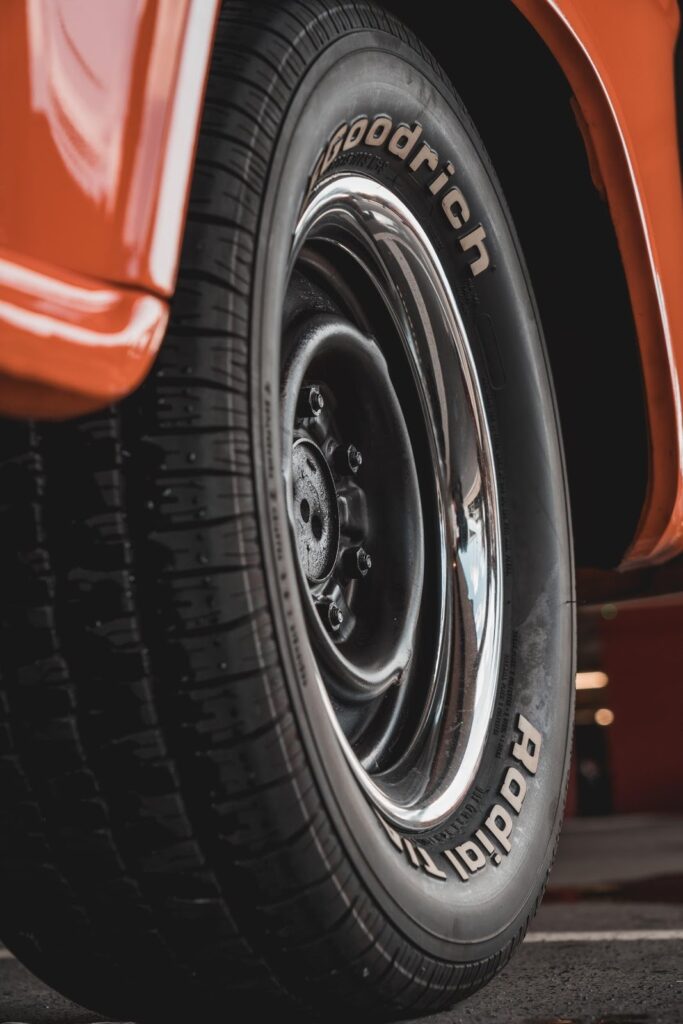
What Your Tires Can Tell You About The Condition Of Your Car
If you own a car, it is important to regularly maintain your car. This is mainly because a well-running car is the safest to drive. This safety is not just for you, but also, for any other motorist on the road. Secondly, a well-maintained car also means that you’ll have better rides and lesser potential issues. As the saying goes, prevention is always better than cure. You’d want to avoid running into car breakdowns and or issues, and the best way to achieve that is by regularly maintaining your car.
The easiest way to maintain your car is by bringing it to an auto repair center or mechanic for regular checks and maintenance. The mechanics at these places would best know how to check your car for any potential issues. And if there are repairs to be made, they’d know how to do it best. However, such regular checks and maintenance might be too costly for many. Therefore, it is helpful to know how to do some basic checks for your car too! This will ensure that you’d be able to spot any potential problems and bring your car in only when necessary. In this article, we will be talking about how you can use your car tires to see if your car has any potential problems.
-
Cupping
The first thing that comes to your mind right now might be “what is cupping?”. Well, cupping basically refers to a diagonal and uniform wear pattern on your tire. This diagonal pattern represents heavy wear and tear of your tires but in a specific and constant direction on your tire. Therefore, signs of cupping on your tires are the main signs of an issue with your car’s suspension. Your suspension could be simply worn from use or it could be bent and damaged. This is causing your car to handle poorly and hence, causes cupping. Therefore, if you see such cupping signs, you should take your car to a mechanic immediately.
However, cupping can also be caused by other issues with your car. For one, it could be a sign that your tires are not aligned. In this case, you’d see signs of cupping on the rear tires of a front-wheel-drive car. On another hand, cupping can also be a result of irregular tire rotations. In both of these cases, you’d still have to bring your car to a mechanic for fixing.
-
Central Tread Wear
Central tread wear is when the middle portion of your tire is more worn down than the sides. Over time, it is normal for your tires to become worn out. However, it should be an even wearing out. If you notice that the center of your tire is smoother and more even than the edges, this is a sign that your tires may be overinflated. In such cases, you’d have to adjust your tire’s pressure and match it to what’s recommended for your car. Alternatively, this wearing can also be caused if your tire and wheel are unmatched. In such cases, you’ll have to take your car to a mechanic. You would need to get a different set of tires for your car.
-
Outer Tread Wear
On the other hand, we have outer tread wear. This is when the edges of your tires are more worn out. They will be smoother and have less traction on the road. In contrast to central tread wear, outer tread wear is caused by under-inflation of your tires. This problem can be easily fixed as you’d just have to properly inflate your tires. Once again, remember to check your car’s manual for the recommended tire pressure.
Do not leave your tires under-inflated as it can cause major issues. This is because under-inflated tires are more flexible and hence, are at a greater risk of blowing out. Alternatively, they can cause your wheels to get out of alignment and this would be far worse to fix!
-
Uneven Wear
Uneven wear is slightly trickier to understand. Unlike central or outer tread wear, the wearing on your tires is irregular and patternless. All in all, a majority of your tire might look fine. But, isolated parts of it might look bald. In the case of uneven wear, the cause is usually due to singular incidents, such as when you had to brake suddenly. Alternatively, you may have left your car idle for a while and this caused a small, flattened area.
Uneven wear does not pose a huge problem to your car. In fact, it should not greatly affect your car’s performance. However, if you wish to be on the safer side, you should still get your tires replaced. This will ensure the safest and smoothest ride possible.
-
Feathering or Scalloping
Feathering might be another unfamiliar term for some. In this case, feathering (or scalloping) refers to when the ribs of your tread are smoother on one side, and higher on another. As such, this creates the impression of feathers or scalloped edges on your tire. If you aren’t sure that your tires have this problem, you can also touch the outside of your tires. If feathering is an issue for your tires, you will be able to feel sharp, poking edges.
If your tires have feathering, this is usually a sign that your car’s wheels are out of alignment. If the feathering on your tires is severe, it is most likely that your car’s misalignment is severe. Essentially, you’d want the tires of your car to be facing forward. However, when your car is misaligned, the tires are instead, pointing inward or outward. This is what usually causes the feathering. However, in certain cases, your car might be properly aligned. In such cases, the feathering would be a sign that your suspension bushing is either worn or damaged. In both cases, a trip to the mechanic is necessary.
Conclusion
With this guide, we hope that you’ll be better able to check your car for any faults or damages. This will enable you to take proper care of your car and ensure that your journey on the road is always safe for you and everyone else!






